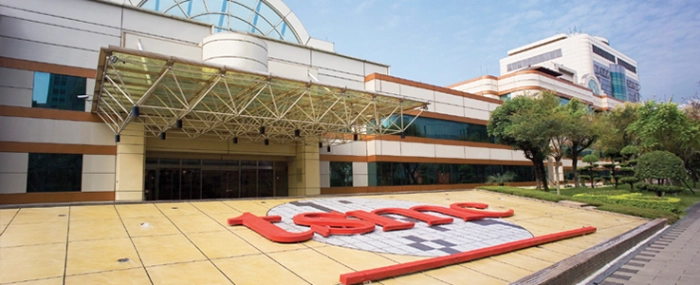
Earthquake update: Taiwan's tech sector weathers the storm
Taiwan's wafer foundries and DRAM production remains unaffected following the earthquake that struck the island on April 3, 2024.
TrendForce has provided an update on the state of Taiwan's semiconductor factories following the earthquake.
The majority of wafer foundries are located in areas that experienced a Level 4 intensity tremor. Taiwan's semiconductor plants' are built according to high-spec building requirements – which include world-class seismic mitigation systems capable of decreasing seismic effects by 1 to 2 levels – this allowed the facilities to promptly restart operations after inspection shutdowns.
Even though there were instances of wafer breakages or damages caused by emergency shutdowns or the earthquake itself, the capacity utilisation rates of mature process factories — averaging between 50–80% — meant that losses were quickly recovered once operations resumed, resulting in only minor capacity impacts, TrendForce reports.
The earthquake did however have some impact on the DRAM industry, specifically on Nanya's Fab 3A in New Taipei and Micron's Linkou plant. Nanya's Fab 3A is mostly focused on 20/30nm processes, with the newest 1Bnm process in development. Micron's Linkou and Taichung factories, which have been internally combined into one system, are crucial DRAM manufacturing locations that have already deployed the newest 1beta nm process technology.
TrendForce says that both Nayna's and Micron's plants are anticipated to recover completely within a few days, with subsequent manufacturing, including HBM, continuing in Taiwan. Other facilities resumed operations gradually following inspections. Both PSMC and Winbond reported no damages to their operations.
With respect to wafer foundry activities, TSMC's six-inch and eight-inch facilities – including Fab 2, Fab 3, Fab 5, Fab 8, its R&D headquarters, Fab 12, and the most recent Fab 20 in Baoshan, Hsinchu – were all situated in a Level 4 intensity zone. However, only Fab 12 suffered damages due to burst pipes. The fab saw minor water damage to equipment, mostly impacting the 2nm process that is not yet mass-produced.
This is anticipated to have a short-term effect on operations, possibly requiring the purchase of new machinery and slightly raising capital expenses. Following evacuation or inspection, operations at other locations have gradually returned to normal. Other facilities resumed operations following inspections with no serious damage detected.
TSMC's advanced 5/4/3nm process plants – which boast higher capacity utilisation rates – did not evacuate personnel and managed to resume more than 90% of their operations within 6–8 hours after the quake, with impacts remaining within controllable limits.
TrendForce states that the CoWoS plats, particularly the Longtan AP3 and Zhunan AP6, resumed operations shortly following evacuations – despite some water damage to the chiller units discovered during inspections. However, thanks to backup facilities, operations were unaffected and have since resumed.
UMC's plants in Hsinchu and Tainan, as well as PSMC foundry plants in the Hsinchu and Miaoli area, and Vanguard plants in Hsinchu and Taoyuan, have all resumed operations following brief shutdowns for inspection and staff evacuations.
